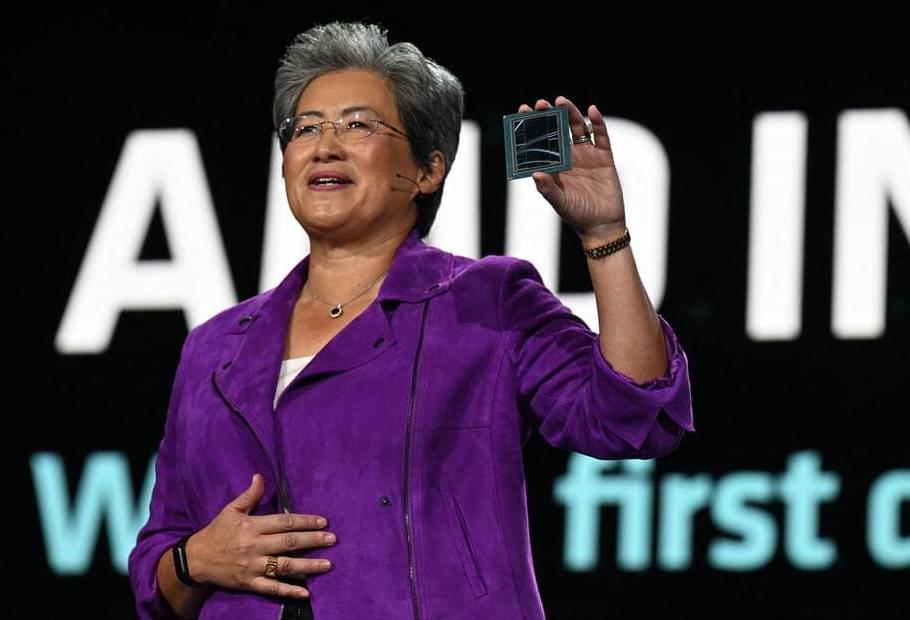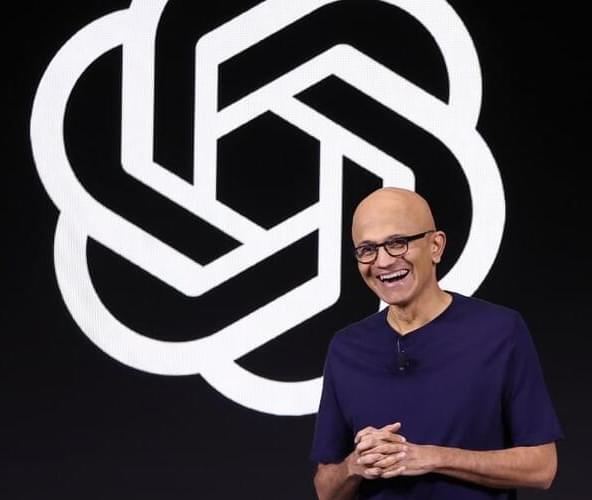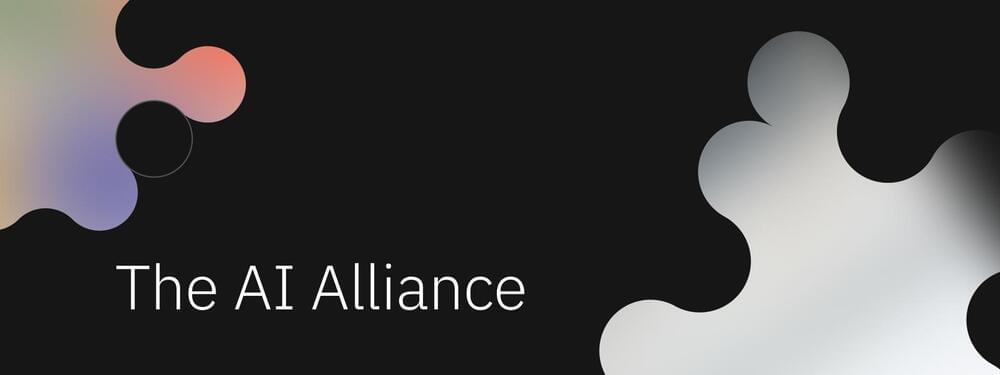KEY TAKEAWAYSAdvanced Micro Devices Inc. (AMD) on Wednesday is to launch its latest chip designed for artificial intelligence (AI) systems. The launch event could feature a comparison with competing Nvidia products and an appearance from Microsoft, Wedbush analysts said in a research report. The new…
Advanced Micro Devices Inc. (AMD) is set to unveil its latest chip designed to power artificial intelligence (AI) systems on Wednesday, a move that could help the chipmaker compete with Nvidia (NVDA) amid the AI boom.
The company is to launch the Instinct MI300 data center graphics processing unit (GPU) accelerator, at Wednesday’s AMD “Advancing AI” event. Alongside the new AI chip, AMD says it will “highlight the company’s growing momentum with AI hardware and software partners.”
AMD previously said it anticipates that MI300 will generate $2 billion in sales in 2024.






